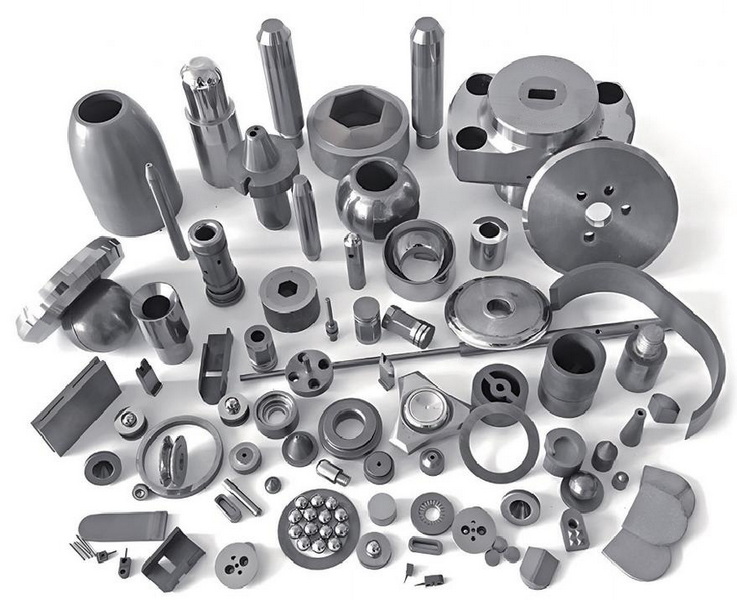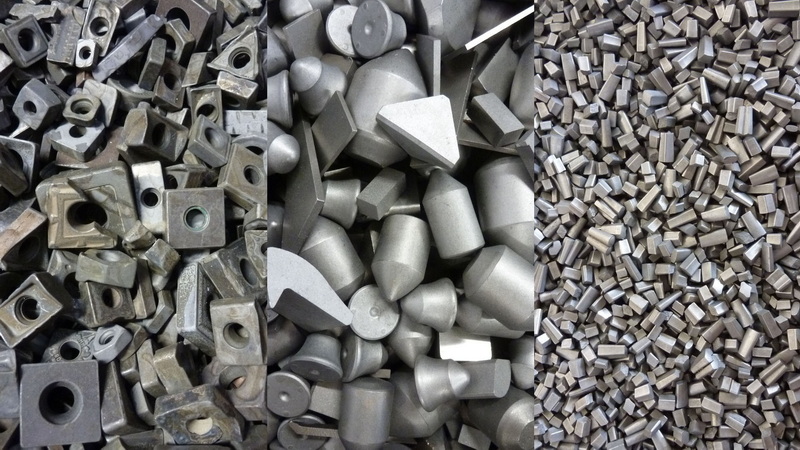Content Menu
● Union Carbide's Rise: Pioneering Petrochemical Innovation
>> Foundations of a Chemical Titan
● Industrial Expansion and Wartime Contributions
>> Aerospace and Defense: Engineering the Future
>> The Plastics Revolution: From Factories to Homes
● Global Expansion and Market Dominance
>> Building a Multinational Empire
>> Agricultural Innovations: Feeding the World
● The Bhopal Disaster: Industrial Progress Meets Human Cost
>> Anatomy of a Catastrophe
>> Aftermath and Accountability
● Legacy and Lessons for Modern Industry
>> Technological Endurance
>> Ethical Reckoning
● Conclusion
● FAQ: Union Carbide Productions and the Golden Age of Industry
>> 1. How did Union Carbide's ethylene production methods revolutionize manufacturing?
>> 2. What aerospace technologies did Union Carbide develop during the Cold War?
>> 3. Why was the Bhopal plant's location controversial?
>> 4. What consumer brands originated from Union Carbide?
>> 5. How does Union Carbide's legacy influence modern chemical engineering?
● Citations:
The Union Carbide Productions stands as a defining force of 20th-century industrial innovation. From its foundational role in petrochemical manufacturing to its wartime contributions and postwar consumer product dominance, UCC's operations epitomized the technological ambition and societal impact of the industrial golden age. This article examines how its breakthroughs reshaped global industries, supported geopolitical ambitions, and left a complex legacy of progress and peril.

Union Carbide's Rise: Pioneering Petrochemical Innovation
Foundations of a Chemical Titan
Union Carbide and Carbon Corporation formed in 1917 through mergers of preeminent firms like National Carbon Company and Electro Metallurgical Company. Early milestones included:
- Ethylene cracking: UCC's 1920s thermal cracking process converted natural gas liquids into ethylene at scale, reducing production costs by 60% and enabling modern plastics.
- Consumer market dominance: Products like Prestone antifreeze (1927) and Eveready batteries (acquired 1917) established UCC as a household name.
By 1930, UCC supplied 80% of U.S. ethylene, catalyzing synthetic rubber for tires and polystyrene for packaging.
Industrial Expansion and Wartime Contributions
Aerospace and Defense: Engineering the Future
During WWII, UCC's Technical Center became a classified R&D powerhouse:
- Rocket propulsion: Developed LP-100 liquid propellant for missiles and Thiokol polymer binders for solid-fuel rockets.
- Nuclear materials: Produced uranium rods for the Manhattan Project's Oak Ridge reactors.
Postwar, UCC partnered with NASA on Apollo program components, including heat-resistant alloys for lunar modules.

The Plastics Revolution: From Factories to Homes
UCC's polyethylene innovations (1950s) transformed consumer lifestyles:
| Application | Impact |
| Food packaging | Extended shelf life via moisture barriers |
| PVC piping | Reduced infrastructure costs by 40% |
| Household appliances | Enabled lightweight, durable casings |
By 1965, UCC held 200+ patents for polymer formulations.
Global Expansion and Market Dominance
Building a Multinational Empire
UCC's postwar strategy focused on vertical integration:
1. Raw material control: Acquired lithium mines (1950s) for battery production.
2. Global plants: Established facilities in India (Bhopal, 1969), Brazil, and Europe.
3. Joint ventures: Partnered with Dow Chemical on styrene production (1970s).
Revenue surpassed $10 billion by 1982, with 40% from overseas operations.
Agricultural Innovations: Feeding the World
UCC's Agricultural Products Division (est. 1956) revolutionized farming:
- Sevin carbaryl pesticide: Protected 50+ crops, boosting yields by 30% in developing nations.
- Hybrid seeds: Research partnerships with universities improved drought resistance.
The Bhopal Disaster: Industrial Progress Meets Human Cost
Anatomy of a Catastrophe
The December 3, 1984, methyl isocyanate (MIC) leak at UCIL's Bhopal plant resulted from:
- Design flaws: Storing MIC in bulk instead of smaller batches.
- Safety violations: Deactivated refrigeration systems and malfunctioning scrubbers.
- Urban encroachment: A shantytown housing 200,000 people surrounded the facility.
Aftermath and Accountability
- Immediate toll: 15,000+ deaths, 500,000 injuries, and generational health impacts.
- Legal fallout: UCC paid $470 million (1989 settlement), later acquired by Dow in 2001 for $11.6 billion.
- Regulatory shifts: Inspired the U.S. Clean Air Act Amendments of 1990 and ISO 14001 environmental standards.
Legacy and Lessons for Modern Industry
Technological Endurance
UCC's innovations remain embedded in modern manufacturing:
- Ethylene production: Modern crackers still use UCC's “Lummus Process” for higher yields.
- Advanced materials: Lithium-ion battery tech traces back to UCC's Ultralife Batteries (1980s).
Ethical Reckoning
The Bhopal disaster prompted reforms:
- Process Safety Management (PSM): OSHA's 1992 standard requiring hazard analyses.
- Corporate responsibility: ESG (Environmental, Social, Governance) frameworks now prioritize community impact assessments.
Conclusion
Union Carbide Productions symbolized the zenith of industrial ambition, delivering materials that built skyscrapers, fueled space exploration, and democratized consumer goods. Yet, its trajectory also revealed the catastrophic consequences of prioritizing profit over safety. As industries pursue AI and green energy today, UCC's story remains a poignant guide—celebrating innovation while heeding its human and environmental costs.

FAQ: Union Carbide Productions and the Golden Age of Industry
1. How did Union Carbide's ethylene production methods revolutionize manufacturing?
UCC's thermal cracking process enabled affordable plastics, synthetic fibers, and solvents, forming the backbone of postwar consumer markets.
2. What aerospace technologies did Union Carbide develop during the Cold War?
UCC created Thiokol rocket binders, heat shields for re-entry vehicles, and lightweight alloys for supersonic aircraft.
3. Why was the Bhopal plant's location controversial?
The facility was built in a densely populated area lacking emergency zoning laws, amplifying the 1984 disaster's human toll.
4. What consumer brands originated from Union Carbide?
Household names included Eveready batteries, Glad food wraps, and STP motor oil additives.
5. How does Union Carbide's legacy influence modern chemical engineering?
Its dual emphasis on scalability and risk management shaped today's “inherently safer design” principles and circular economy models.
Citations:
[1] https://en.wikipedia.org/wiki/Union_Carbide
[2] https://pmc.ncbi.nlm.nih.gov/articles/PMC1142333/
[3] https://en.wikipedia.org/wiki/Union_Carbide_Productions
[4] https://www.indiatoday.in/india/photo/35-years-of-bhopal-gas-tragedy-shocking-photos-from-1624581-2019-12-02
[5] https://www.bbc.com/news/world-asia-india-18260915
[6] https://en.wikipedia.org/wiki/Union_Carbide_India_Limited
[7] https://www.theatlantic.com/photo/2014/12/bhopal-the-worlds-worst-industrial-disaster-30-years-later/100864/
[8] https://www.wvencyclopedia.org/entries/787
[9] https://www.bbc.com/news/articles/cp35vlg3zvxo
[10] https://www.bhopal.com/uc-india-limited-history.html
[11] https://www.youtube.com/watch?v=p3ZwZizhxX0
[12] https://pubs.acs.org/doi/10.1021/cen-v035n014b.p068
[13] https://www.discogs.com/release/1766535-Union-Carbide-Productions-The-Golden-Age-Of-Union-Carbide-Productions
[14] https://www.alamy.com/stock-photo/historical-union-carbide.html
[15] https://www.last.fm/music/Union+Carbide+Productions/+images
[16] https://content.libraries.wsu.edu/digital/collection/cchm_photo/id/18479/
[17] https://www.alamy.com/stock-photo/union-carbide.html?page=2
[18] https://film.lindholmen.se/en/news/golden-age-film-about-union-carbide-productions
[19] https://websites.umich.edu/~snre492/lopatin.html
[20] https://www.ndtv.com/topic/union-carbide-factory
[21] https://www.shutterstock.com/search/union-carbide
















